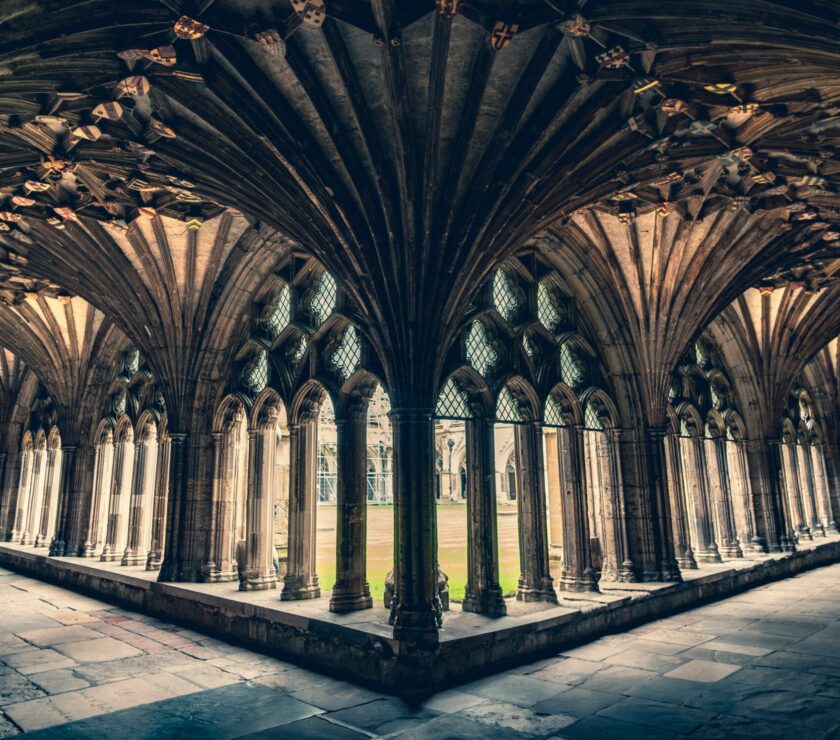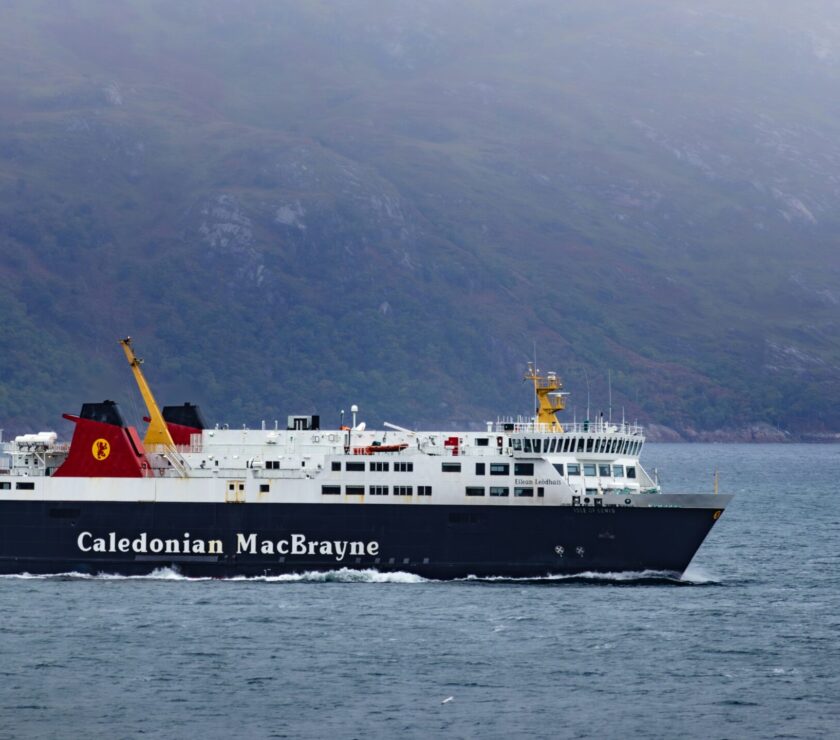A Journey Through North Wales
North Wales, a region steeped in history and brimming with natural splendor, presents a captivating landscape that blends the past and present seamlessly. Its allure is rooted in its picturesque towns, iconic landmarks, and a rich cultural tapestry that includes the distinctive Welsh language, spoken widely across the area.
Conwy, one of North Wales’ most celebrated towns, is renowned for the formidable Conwy Castle. This medieval fortress, a UNESCO World Heritage site, stands as a testament to the region’s storied past and offers visitors a glimpse into its architectural grandeur. Conwy’s medieval town walls, quaint streets, and the smallest house in Britain add layers of charm to this historical enclave.
Further down the coast lies Llandudno, a town exuding Victorian elegance. Often dubbed the “Queen of Welsh Resorts,” Llandudno boasts a pristine, crescent-shaped beach, and the iconic Great Orme hill that provides panoramic views of the surrounding seascape. The town’s pier, the longest in Wales, and the vintage tramway are enduring symbols of its leisurely, holiday appeal.
Caernarfon, another jewel of North Wales, is home to the majestic Caernarfon Castle. This imposing structure, a symbol of Edward I’s conquest of Wales, is interwoven with significant historical events, including the investiture of Prince Charles as Prince of Wales. The atmospheric town square and the bustling harbor area augment Caernarfon’s historic allure.
The region’s linguistic heritage is profoundly significant, with Welsh not only surviving but thriving. Signs are bilingual, and it’s not uncommon to hear Welsh spoken in everyday conversations, which enriches the cultural experience for visitors.
North Wales is vibrant with festivals and events that vividly showcase local traditions. The National Eisteddfod, an annual celebration of Welsh culture, brings together music, literature, and performance, offering a deep dive into the region’s creative spirit. Similarly, events like the Llangollen International Musical Eisteddfod attract performers from around the globe, highlighting the area’s importance as a cultural hub. Anchored by its historical towns and living traditions, North Wales offers an unforgettable journey through time and community.
Discovering the Majestic Snowdonia National Park
Snowdonia National Park stands as a beacon of natural beauty in North Wales, brimming with breathtaking landscapes that draw countless adventurers and nature enthusiasts. Sprawling across 823 square miles, the park is an extensive mosaic of rugged mountains, serene lakes, and verdant valleys, offering an unparalleled variety of ecosystems.
At the heart of Snowdonia lies Mount Snowdon, towering at 3,560 feet, and claiming the title of the highest peak in both Wales and England. This iconic mountain is not only a challenge for climbers but also serves as an inspiration for many photographers and nature lovers. The surrounding peaks, such as Glyder Fawr and Tryfan, equally contribute to the area’s dramatic skyline, making the park a hub for mountaineering.
Snowdonia’s diverse terrains cultivate a myriad of ecosystems. The rugged highlands are home to a range of hardy flora and fauna, while the lower valleys and lakes, like Llyn Tegid, foster unique biological communities. These safe havens support an impressive array of wildlife, offering a sanctuary for species such as the rare Snowdon lily and the majestic peregrine falcon.
The park’s undulating landscapes make it a prime location for outdoor activities. Hiking trails such as the Llanberis Path present a relatively gentle ascent to Snowdon’s summit, ideal for casual hikers. More seasoned trekkers might opt for the Rhyd Ddu Path or the Pyg Track for a more challenging experience. Rock climbing enthusiasts gravitate towards areas like the Ogwen Valley, renowned for its formidable routes and thrilling ascents.
Mountain biking is another adventurous pursuit within Snowdonia, with trails that snake through forests and across mountain slopes. For visitors who prefer a guided journey to the summit, the historic Snowdon Mountain Railway provides a charming and exhilarating alternative, granting stunning panoramic views without the physical exertion.
Snowdonia National Park is not just a destination; it is an experience. Whether scaling its peaks, exploring its lakes, or marveling at its flora and fauna, every visitor leaves with a profound appreciation for this captivating corner of North Wales.
Cultural and Historical Landmarks
North Wales and Snowdonia are regions steeped in rich cultural and historical significance. The legacy of these areas can be glimpsed through their ancient castles, vibrant museums, and the mythologies that shape their identity. Among the most notable sites are the Castles and Town Walls of King Edward in Gwynedd, a UNESCO World Heritage site. These medieval fortifications, including the impressive castles of Conwy, Caernarfon, Beaumaris, and Harlech, illustrate the architectural prowess of the period and the strategic importance of the region during the reign of Edward I.
Further insights into North Wales’ storied past are offered by local museums and galleries. Penrhyn Castle, a grand 19th-century country house built in a neo-Norman style, not only astonishes with its architecture but also houses an important collection of artworks and historical artifacts. The National Slate Museum in Llanberis sheds light on the industrial heritage of the region, offering a fascinating look at the lives of the quarrymen and the significance of slate mining in shaping local communities.
Folklore and legends significantly shape the cultural fabric of North Wales and Snowdonia. The tales of King Arthur, for instance, add a mythical dimension to the landscape. Places such as Beddgelert are intertwined with the legend of Gelert, while Dinas Emrys is famously associated with the tales of Merlin and the red and white dragons. These narratives infuse the region with a sense of mystique, captivating visitors and contributing to the unique cultural heritage of Snowdonia.
Throughout North Wales and Snowdonia, the confluence of history, culture, and folklore provides an enriching experience. This deep historical and cultural landscape emerges vividly from the castles, museums, and the stories that continue to be told, ensuring that the region’s heritage remains a central part of its identity.
Travel Tips and Recommendations
Planning a trip to North Wales and Snowdonia requires some practical considerations to ensure an unforgettable experience. The best times to visit this enchanting region are during late spring (May to June) and early autumn (September to October). During these periods, the weather is generally mild and conducive for outdoor activities, while also allowing travelers to avoid the peak summer crowds.
When it comes to accommodations, North Wales and Snowdonia offer a diverse range of options to cater to all preferences. Cozy bed and breakfasts, often run by locals, provide a homely atmosphere and the chance to experience authentic Welsh hospitality. For those seeking more luxurious stays, there are numerous high-end hotels with lavish amenities and stunning views of the surrounding landscapes. Quaint cottages are also available for a more secluded and intimate experience, perfect for families or couples who prefer a self-catered stay.
Navigating North Wales and Snowdonia can be easily managed with several transportation options. Renting a car is highly recommended for those who want the flexibility to explore remote areas and off-the-beaten-path attractions. Public transport, including buses and trains, is readily available and connects major towns and sites. Additionally, guided tours are an excellent choice for visitors wishing to gain deeper insights into the region’s rich history and natural beauty from knowledgeable guides.
Experiencing local cuisine is a must. The area boasts a variety of dining options that showcase traditional Welsh dishes and local delicacies. Don’t miss out on trying Welsh rarebit, cawl (a hearty lamb stew), and bara brith (a sweet, fruity bread). Many restaurants and pubs also use locally-sourced ingredients, offering a true taste of the region’s culinary heritage.
For a well-rounded itinerary, consider spending your first day exploring the historic town of Conwy with its medieval castle. Dedicate the second day to hiking the trails of Snowdonia National Park, followed by a scenic drive through the picturesque countryside. On your final day, visit the coastal towns of Llandudno and Porthmadog, experiencing North Wales’s charming blend of natural beauty and rich culture.



